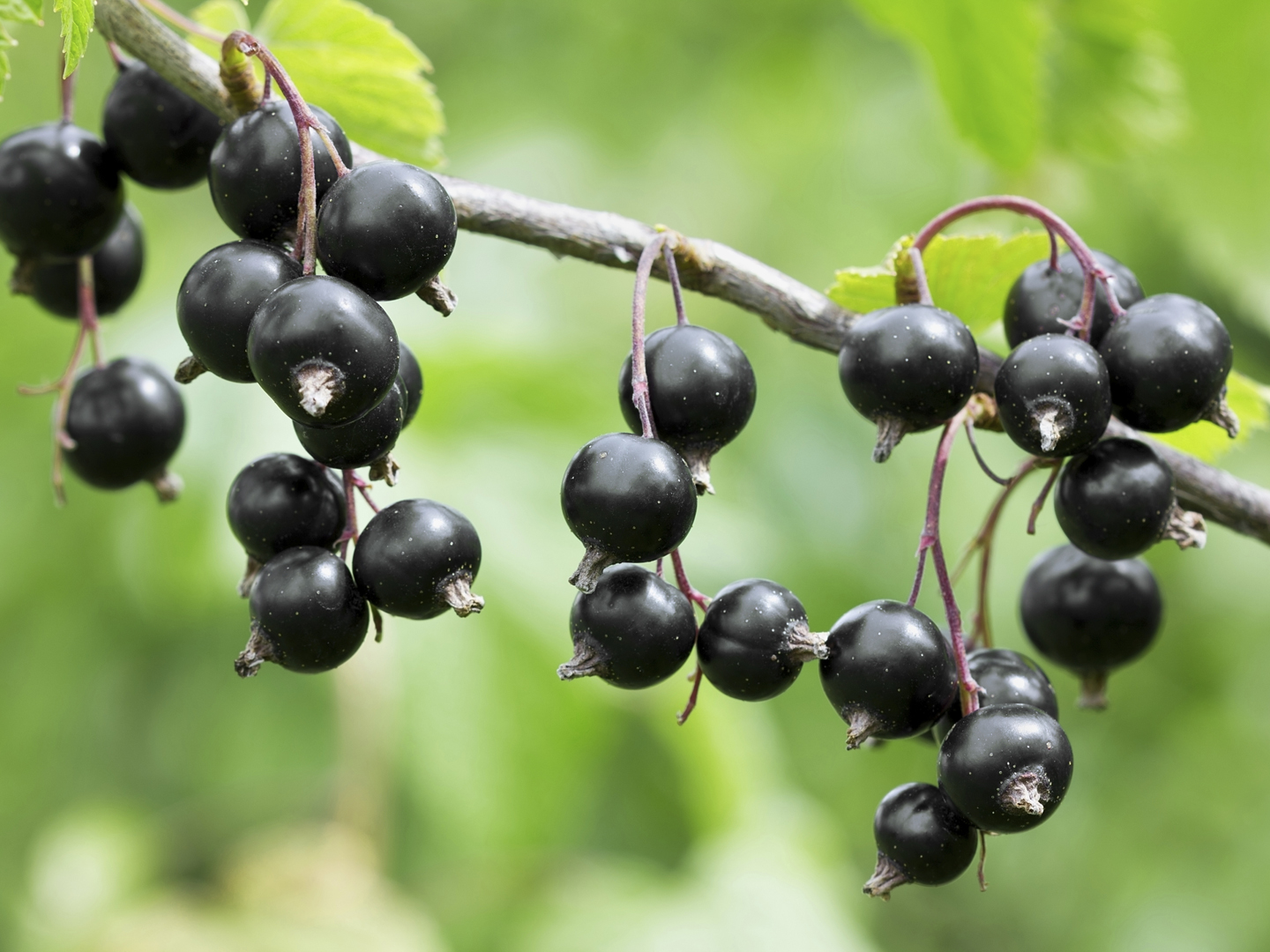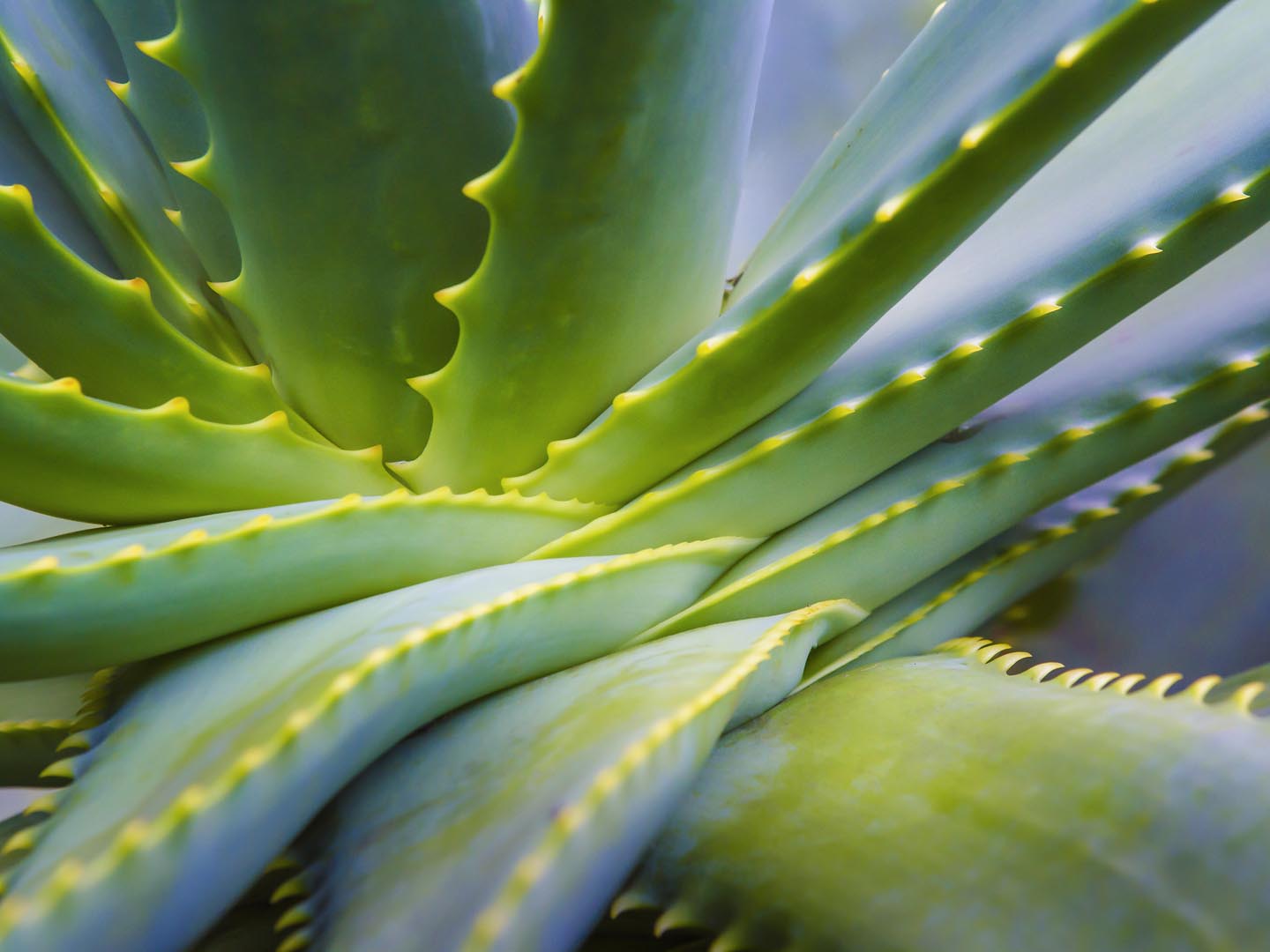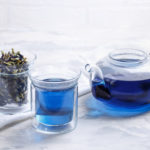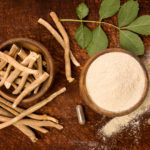Black Currant Oil

Botanical Name: Ribes nigrum
Black Currant Oil Information And Description
Black currant oil is a natural source of gamma-linolenic acid (GLA) and is used to promote healthy growth of skin, hair, and nails.
Black currant (sometimes called blackcurrant) is shrub native to Europe and parts of Northern Asia that grows in damp, fertile soil and produces small black berries. The fruit is rich in vitamin C and other vitamins and minerals and is often eaten raw or used in jellies, jams, juices, and even alcoholic beverages. Black currants date back to the 11th century but weren’t cultivated until the 17th century. The black currant possesses a unique flavor that can be tart when eaten raw. The plant has been used in a variety of ways including boiling the fruit juice and sugars to create a syrup for soothing sore throats and reducing fevers. During World War II, the black currant became an attractive alternative to oranges and other fruits rich in vitamin C because the plant grows readily in the Northern Europe climate, especially the United Kingdom. Black currant was once popular in the United States, but the plants were banned in the early 20th century because they carried a type of fungus that threatened the logging industry. While restrictions for growing black currant have been relaxed, black currant remains less popular in the United States than in Europe. Black currant fruit is the most common form used, but black currant oil is also valued for its traditional medicine uses.
The black currant fruit contains high levels of polyphenols, chemical compounds that are also found in green tea, chocolate, and other berries such as blueberries. Laboratory studies have shown that polyphenols exhibit antioxidant activity in test tubes and may reduce inflammation, which plays a role in the development of chronic illness such as heart disease, certain cancers, and Alzheimer’s disease. More research is needed on the effects of polyphenols in the human body. Black currant oil contains GLA, which studies show may support the immune system, and reduce total cholesterol and triglycerides while boosting beneficial high-density cholesterol (HDL).
Uses For Black Currant:
Many parts of the black currant plant – seed oil, leaves, fruit, and flowers – are beneficial and used to treat sexual health concerns, support immunity, and reduce inflammation. Preliminary research suggests the potential for benefit from GLA-containing remedies in the settings of rheumatoid arthritis and diabetic neuropathy.
An in vitro (lab) study of black currant found the fruit to contain high levels of antioxidants that act as potent absorbers of free radicals. The Natural Medicines Comprehensive Database (NMCD) states there is some research that suggests black currant oil may reduce total cholesterol and triglycerides, but that there is insufficient evidence at this time to make medical claims.
Black Currant Is Available In:
Standardized liquid or capsule extracts
Black Currant Herb/Drug Interactions:
None known, but it is best to be cautious and check with your health care provider if used with blood-thinning medication.
Other Safety Concerns:
The NMCD states the black currant is “safe when used as food” or when black currant oil is used “appropriately as medicine.” There are concerns that black currant may slow blood clotting and increase the risk of bruising in people with bleeding issues and disorders.
When Buying Black Currant Oil:
Capsules of black currant oil should contain at least 45 mg of GLA. Avoid topical oil preparations.
Black Currant Dosage:
Take 500 milligrams twice a day for at least two months.
Child Dosage:
Children between the ages of six and twelve should take half the dose of adults.
Dr. Weil Says:
Black currant oil is a natural source of the unusual fatty acid GLA. Very hard to come by in the diet, GLA is an effective anti-inflammatory agent with none of the side effects of anti-inflammatory drugs. It also promotes healthy growth of skin, hair, and nails. I recommend it frequently for skin conditions (including brittle nails and hair), arthritis, autoimmune disorders, and premenstrual syndrome. Do not expect immediate results; it takes six to eight weeks to see changes after adding black currant oil to the diet.
SOURCES:
Black Currant. Natural Medicines Comprehensive Database. Stockton, CA: Therapeutic Research Faculty. [Updated July 31, 2012; Reviewed Feb. 10, 2013; Accessed Jan 24, 2014]. naturaldatabaseconsumer.therapeuticresearch.com/nd/Search.aspx?cs=NONMP&s=NDC&pt=100&id=1085&fs=NDC&searchid=43295940
Cameron M, Gagnier JJ, Chrubasik S. Herbal therapy for treating rheumatoid arthritis. The Cochrane Database of Systematic Reviews 2011 Feb 16;(2):CD002948. doi: 10.1002/14651858.CD002948.pub2.
Dines KC, Cotter MA, Cameron NE. The effectiveness of natural oils as sources of gamma-linolenic acid to correct peripheral nerve conduction velocity abnormalities in diabetic rats: modulation by thromboxane A2 inhibition. Prostaglandins, Leukotrienes, and Essential Fatty Acids 55, no. 3 (1996): 159-165.
Goffman, Fernando D., and Stefania Galletti. “Gamma-linolenic acid and tocopherol contents in the seed oil of 47 accessions from several Ribes species.” Journal of agricultural and food chemistry 49, no. 1 (2001): 349-354.
Hounsom L, Horrobin DF, Tritschler H, et al. A lipoic acid-gamma linolenic acid conjugate is effective against multiple indices of experimental diabetic neuropathy. Diabetologia 41, no. 7 (1998): 839-843.
Netzel, Michael, Gabriele Strass, Marlies Janssen, Irmgard Bitsch, and Roland Bitsch. “Bioactive anthocyanins detected in human urine after ingestion of blackcurrant juice.” Journal of environmental pathology, toxicology and oncology 20, no. 2 (2001).
Oboh, H. A., A. U. Osagie, and R. E. Esewe. “Evaluation of Antioxidant and Free Radical Scavenging Abilities of some Nigerian Packaged Fruit Juices.” Nigerian Journal of Nutritional Sciences 33, no. 1 (2013): 31-36.
Vogl, Sylvia, Paolo Picker, Judit Mihaly-Bison, Nanang Fakhrudin, Atanas G. Atanasov, Elke H. Heiss, Christoph Wawrosch et al. “Ethnopharmacological in vitro studies on Austria’s folk medicine–an unexplored lore In vitro anti-inflammatory activities of 71 Austrian traditional herbal drugs.” Journal of Ethnopharmacology (2013).
Williams, Robert J., Jeremy PE Spencer, and Catherine Rice-Evans. “Flavonoids: antioxidants or signalling molecules?.” Free Radical Biology and Medicine 36, no. 7 (2004): 838-849.
Reviewed by Russell Greenfield, M.D., August, 2016.









